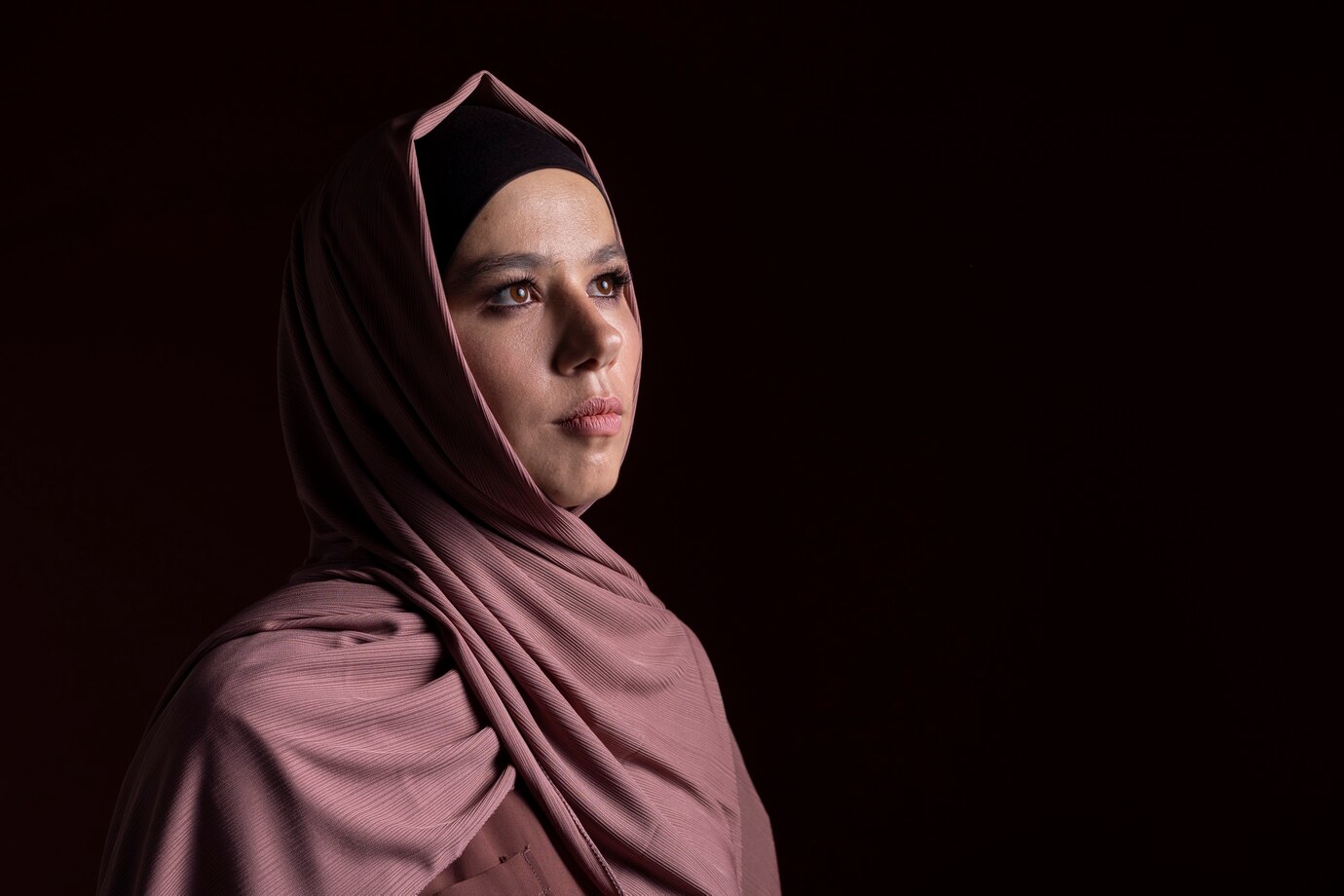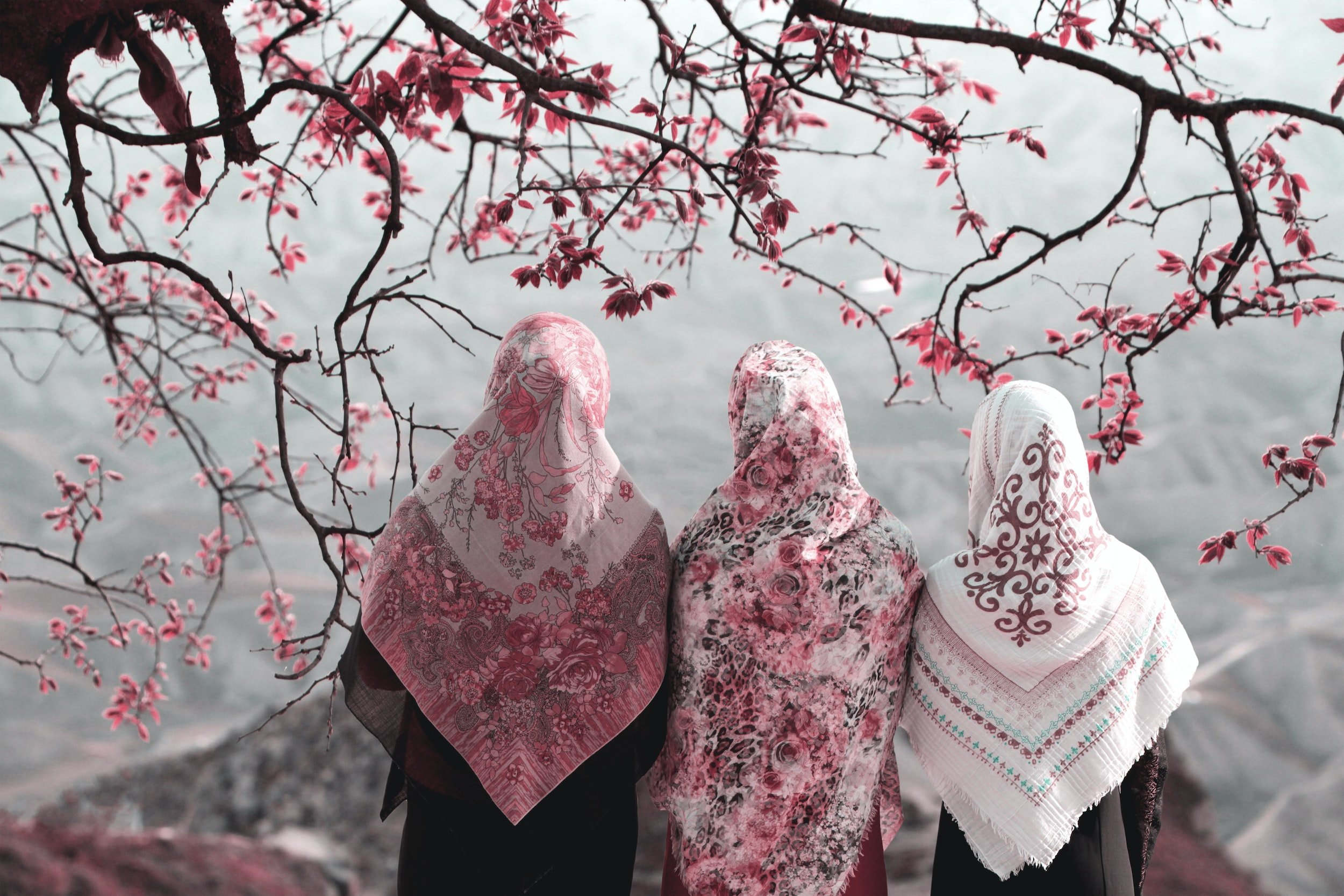By Carmen Chang,
On March 8, 2021, to mark International Women’s Day, the Colegio de España in Paris hosted a conference titled “Women and the Feminine in Islamic Mysticism”, led by Gracia López Anguita, Professor of Arabic and Islamic Studies at the University of Seville. The lecture provided an insightful exploration into the often-overlooked roles of women in Islamic traditions, particularly within Sufism, while also offering a nuanced critique of how cultural and societal contexts have shaped interpretations of gender in Islam.
Islam and Patriarchy: Distinguishing Religion from Culture
From the outset, López Anguita emphasized a central argument: Islam, as a religion, is not intrinsically patriarchal. Instead, it has been historically shaped by external socio-political and cultural factors—especially those found in the Arab, Persian, and Byzantine worlds. This distinction is crucial in understanding how religious texts have been interpreted and applied differently over time and space, often in ways that reinforce male dominance.
According to López Anguita, many restrictions attributed to Islam actually stem from local customs and traditions that were absorbed into religious practice. These include elements such as the harem system, gender segregation, and limited public roles for women—practices more reflective of aristocratic and courtly norms than of Islamic theology itself.

The Life of the Prophet Muhammad and Khadija: A Counter-Narrative
One of the most compelling portions of the talk examined the life of the Prophet Muhammad, especially his relationship with his first wife, Khadija bint Khuwaylid. Muhammad, born in Mecca around 570 CE, was indeed illiterate and worked as a merchant. Khadija, a wealthy and respected widow, employed Muhammad and later proposed marriage to him. At the time of their marriage, she was around 40, and Muhammad about 25.
This relationship is often overlooked in mainstream discussions of Islam, yet it challenges prevailing patriarchal narratives. Khadija was not only Muhammad’s wife but also his most trusted confidante and the first person to believe in his prophetic mission. Their marriage was monogamous and marked by mutual respect—serving as a model of egalitarian partnership at the heart of early Islam. López Anguita highlighted how this dynamic contrasts with later societal developments that minimized female agency.
Fatima al-Fihri and the Foundations of Islamic Higher Education
López Anguita brought attention to Fatima al-Fihri, an extraordinary figure from 9th-century Fez (modern-day Morocco), who founded Al-Qarawiyyin, recognized by UNESCO and historians as the world’s oldest existing, continually operating degree-granting university (founded in 859 CE). Fatima al-Fihri used her inheritance to build a mosque and educational institution that eventually evolved into a hub of Islamic scholarship, influencing both the Muslim and Christian worlds.
Her story serves as a potent counter-example to claims that Islam inherently excludes women from intellectual and public life. Fatima al-Fihri’s legacy reflects how Muslim women have historically exercised autonomy, patronage, and leadership, especially in the educational and spiritual realms.
Fatima Mernissi and Feminist Readings of Islam
The conference also paid homage to Fatima Mernissi (1940–2015), a Moroccan sociologist and one of the founding voices of Islamic feminism. Mernissi’s scholarship focused on reinterpreting Islamic texts to uncover egalitarian readings obscured by centuries of male-dominated jurisprudence and scholarship.
Her seminal works, such as “The Veil and the Male Elite”, challenged the ways in which hadiths (sayings of the Prophet) were selected and transmitted. Mernissi argued that many of the misogynistic narratives associated with Islam were in fact products of cultural and political bias—not rooted in the Quran or the Prophet’s actual teachings.
Women and Sufism: Gender and Spiritual Authority
Perhaps the most intriguing aspect of the lecture was López Anguita’s discussion of Sufism, or Islamic mysticism, which she framed as a space of relative gender fluidity and inclusion. In contrast to more legalistic or dogmatic expressions of Islam, Sufism prioritizes personal spiritual experience, love for the Divine, and detachment from worldly concerns. This has historically opened doors for women to participate in religious life in less constrained ways.
The professor recounted stories of female Sufi saints, such as Rābiʿa al-ʿAdawiyya (8th century), a mystic from Basra who rejected marriage and fame to devote herself entirely to God. Rābiʿa’s poetry and teachings emphasized divine love and continue to influence Sufi thought today. Women like her were not only spiritual guides but also active participants in Sufi circles (ṭarīqas), where their insights were respected regardless of gender.
This phenomenon stands in contrast to the often rigid gender roles prescribed by traditional Islamic jurisprudence (fiqh), suggesting that spiritual paths within Islam have historically offered alternative gender models more inclusive and dynamic.

Intercultural Influences: Christian and Islamic Mysticism
López Anguita also explored intercultural dialogues between Christian and Islamic mystical traditions. She compared the experiences of women mystics in Spanish Catholicism, such as Saint Teresa of Ávila, with their counterparts in Islamic Sufism. Both traditions, she argued, allowed women to achieve spiritual authority, even as institutional religious structures often marginalized them.
These comparisons illustrated how mysticism, by emphasizing inner experience over external hierarchy, could empower women across religious traditions to transcend conventional roles and find direct communion with the Divine.
Patriarchy and Cultural Structures: Beyond Religious Doctrine
A recurring theme in the conference was the distinction between religion and culture. López Anguita was clear in asserting that many oppressive gender norms attributed to Islam are, in fact, manifestations of local patriarchal cultures. For instance, she highlighted how Persian and Byzantine court cultures, with their elaborate practices of seclusion and control over women’s mobility, influenced the structure of medieval Islamic societies, including the institution of the harem.
Islamic law, López Anguita reminded the audience, is not monolithic. It consists of multiple schools of thought and has always allowed for interpretation (ijtihād). While interpretations have often reinforced male dominance, others—especially within Sufism and reformist movements —have made space for more egalitarian frameworks.
The Contemporary Relevance of Feminist Islamic Thought
In her concluding remarks, López Anguita addressed the growing presence of Muslim feminists who are reclaiming Islamic texts and narratives to advocate for women’s rights. This form of feminism, rooted in the Quran and prophetic tradition, seeks to decolonize and deconstruct Western perceptions of Muslim women while also critiquing internal patriarchal norms.
She noted that in many Muslim-majority countries today, women are spearheading movements for educational reform, legal equity, and spiritual agency—often citing Islamic principles as their source of legitimacy. This challenges the false dichotomy that pits feminism against Islam and affirms the compatibility of faith with gender justice.
Conclusion: Rethinking Gender and Spirituality in Islam
The conference “Women and the Feminine in Islamic Mysticism” offered a profound re-evaluation of gender roles in Islamic history and spirituality. By highlighting women like Khadija, Fatima al-Fihri, Rābiʿa al-ʿAdawiyya, and Fatima Mernissi, López Anguita emphasized that female agency in Islam is not a modern invention, but a historical reality often silenced by patriarchal narratives.
Her talk encouraged a critical separation between Islamic teachings and the cultural frameworks that have historically distorted them. In doing so, it contributed to a richer understanding of how spirituality, law, and culture intersect to define the roles of women in Muslim societies—past and present.
Reference
- López Anguita, Gracia. La mujer y el femenino en la mística islámica. Conference at Colegio de España, March 8, 2021.




